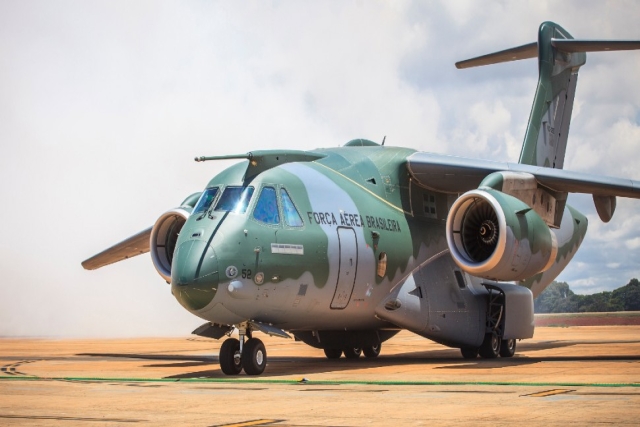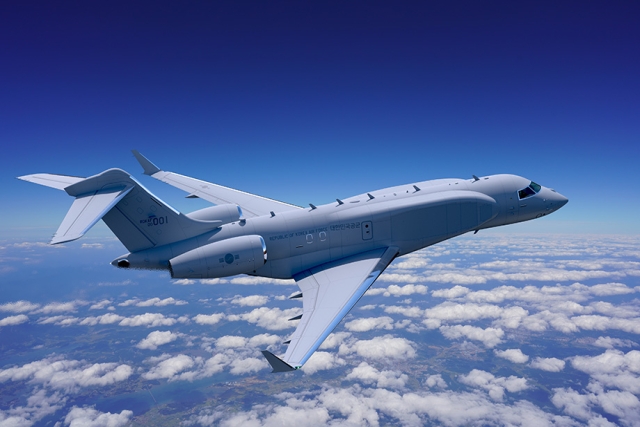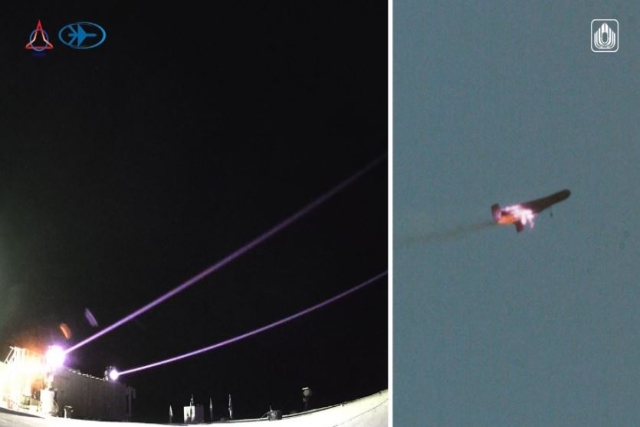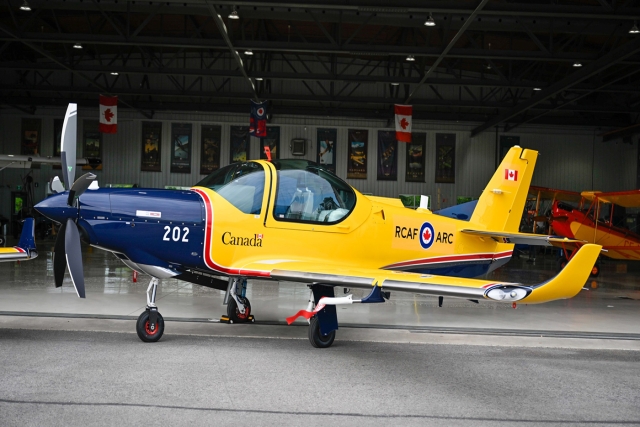U.S, Russia In Iraqi Arms Race
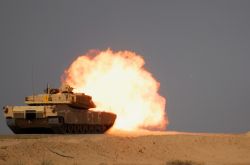
Yet to recover from American bombardment of its cities during the two "gulf wars", Iraq is the new darling of arms sellers. Both Russia and the U.S. have sold or in the process of selling arms worth an estimated $25 billion to Baghdad.
Never mind that the internal security situation in Iraq still remains extremely volatile- suicide bombers stalk Baghdad and other cities and hundreds have died in sectarian strife for which there appears no end in sight. However, the arms industry seems determined to make Iraq powerful to face external threats (read Iran).
Most recently, Lockheed Martin delivered the third of six C-130J Super Hercules Transports to Iraq last year and the others are scheduled for delivery this year.
The transports are part of a $10 billion arms signed in August 2008 that also includes 25 Bell attack helicopters armed with Lockheed Martin laser-guided AGM-114 Hellfire missiles, 140 upgraded Abrams main battle tanks built by General Dynamics Land Systems and 160 Guardian armored security vehicles manufactured by Textron Marine and Land Systems.
American weapons began to creep in after 2005 when the United States Army Security Assistance Command (USASAC) began assisting Iraq in building both the capacity and the capability of its security forces in moving toward self-reliance. A key element of that assistance has been the sale of critical material and services through Foreign Military Sales (FMS).
The U.S has either delivered or is evaluating arms sales to Iraq totaling $19 billion including 36 Lockheed Martin F-16IQ Block 52 fighter jets, enough for two squadrons.
The F-16s will be new Iraqi air force's first combat aircraft and will be equipped with advanced missile and laser-guided bomb systems. Baghdad's Defense Ministry says it wants 96 of the jets spread over four orders. The first batch is expected to be operational by 2015.
"USASAC has played a major role in providing the government of Iraq with a wide range of equipment and services," said Logistics Management Specialist Ryan Calvin. "Support through the FMS process has ranged anywhere from teaching 10-level (basic) tasks to Iraqi Soldiers and setting up basic computer networks, to (procuring) heavy weapons systems and sophisticated support equipment," he said.
"Iraq overall has initiated some 467 foreign military sales cases with the United States. If all of these go forward, it will be worth over $12.3 billion,” according to another spokesperson.
Before the U.S’ invasion of Iraq, Russian arms made up for over 90 percent of Baghdad’s defense arsenal with Saddam Hussein’s government procuring everything from tanks, missiles to fighter aircraft.
The Kremlin is now keen to win back that influence. In 2012, Iraqi Prime Minister Al-Maliki signed a deal with Rosoboronexport estimated to be worth $5 billion.
The deal is reported to include 30 Mi-28NE attack helicopters, and 42-50 mobile SA-22 Pantsir low-level air defense systems and possibly MiG-29M2 fighters or armored vehicles as follow-on options.
“Iraqi specialists are familiar with our weapons systems, which are highly recommended,” Vladimir Putin said at the time. “And I'm confident that we'll find a mutual understanding in these important directions, which will unquestionably increase not only returns in economic trade, but will also increase trust between the two governments.”
Iraq’s pre-war fleet consisted mostly of Su-20s, MiG-23 floggers, MiG-21s equipped with Kh-22M/MP and Kh-25 air-to-ground missiles. Its Army hosted a variety of Russian tanks (T-55, T-72, and T-62) and several howitzers and missile launchers.
By 2020, Iraq is expected to grow into a major arms buyer whose reliance on Russian weapons could is expected to peak owning to the delay in U.S arms deliveries.

